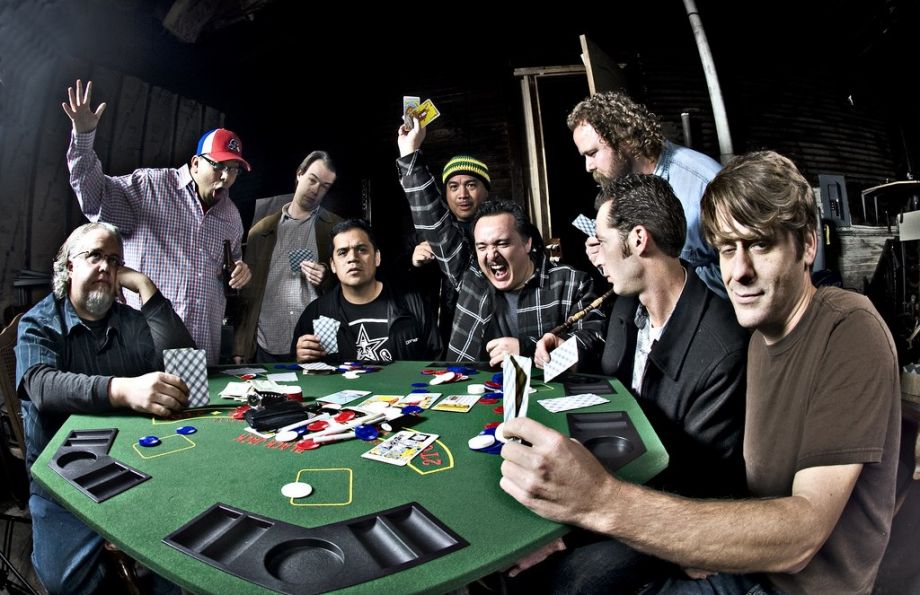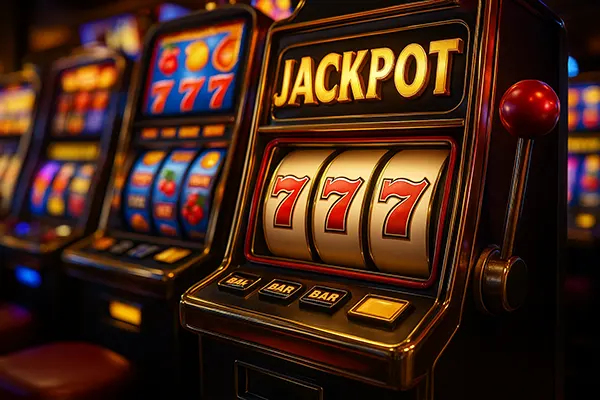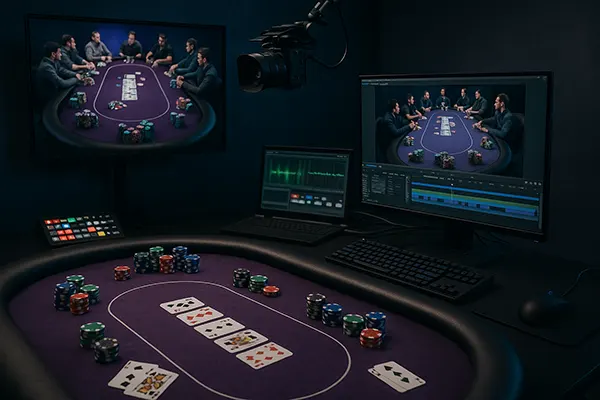Types of poker players

Poker is currently considered one of the most popular card games of chance. And many newcomers to the field don’t understand how their opponents operate, which is why they often lose. You need to get a handle on this point so that there is some advantage. In fact, there are different types of players, because the game is constantly evolving. But only the most common ones need to be sorted out.
Phone
This is a loose and passive player. He’s a phone player because he enters the game passively, through a call. He’s weak and very enjoyable to play with. But bluffing makes no sense here, you always have to make a decision based on the cards.
It is unlikely that such a player will discard his hand, he will draw it until the very end, and it doesn’t matter what combination is in his hands. But there’s one thing, he does the same with strong combinations. So it’s not clear if it’s a high card or just air, so you have to evaluate your own possibilities.
But if Phone has played via check or raise, he probably has at least 2 cards.
Maniac
This is a loose-aggressive player. The opponent is actually quite old too, but it’s the opposite of Telephone. He doesn’t call, but bets on his own. Often enters the game with big bets and flips at the same time. So he needs action.
Playing against such an opponent is also very simple. You don’t have to bluff or steal blinds because you’re about to call, raise, and raise.
Playing the second pair on the flop will be enough. You can react the same way to aggression, because this player will bet without a hand. It’s better to fully give the initiative to the maniac and let him play. It’s also a weak opponent who can be beaten.

Tight poker player
These players are divided into types:
- Passive. Plays a narrow range of hands and never bluffs or defends the BB. This player always wants to minimize risk. But it’s easy to play with this type of player, you just always have to steal the blinds and bet on the flop. But only on this street, and if the opponent calls, he’s likely to have a ready hand.
- aggressive. Also plays narrowly, but in some cases protects the BB. So it’s also worth stealing, but not as often. And in general the setup is similar to the same as with the first type of player.
Regulars
Here too, players are divided into strong and weak. But even the weak ones are not beginners any more – they play according to their charts and bet appropriately. That is, they always act reasonably. But there are some difficulties, namely the blinds, as there are a lot of hands being played. This suggests that blinds are trying to steal.
Bluffing is also a good tactic. In this case, the regular feels insecure. And the weakest side is the postflop.
A strong regular is an opponent no one wants to play with. He can read hands and adjusts to his opponent.
So what to do in this case? Of course, you can generally not play. But you should avoid postflops when entering a hand, because he feels very good there. If that fails, you should use unconventional solutions.
There is another option – chaotic actions and unpredictability, then there is no complete understanding of how to adjust.





